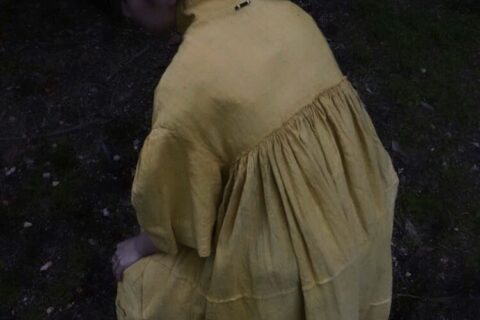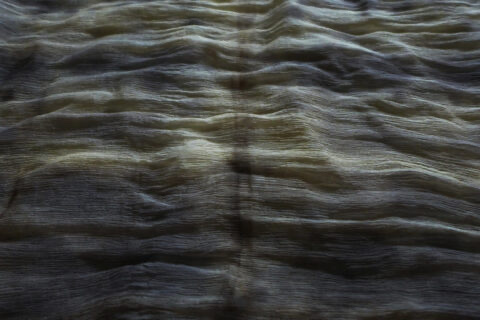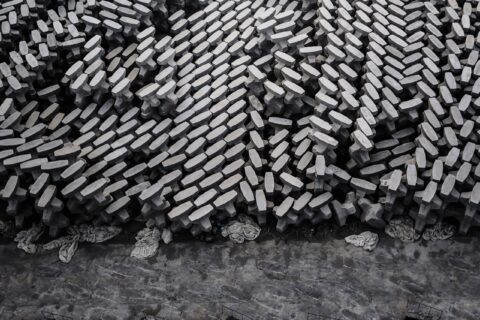
收拾書櫃時,忽然發現家裡有很多山口信博設計的書。並非刻意收藏,初時更沒注意設計者的名字,單純覺得書很美便買下來,那天隨手翻著,赫然發現它們如此一致,才留意到書籍設計者都是同一人。
While organizing my bookshelf, I suddenly came to realize that many of the books I own were actually designed by Nobuhiro Yamaguchi — they became an unintended collection that I was not even aware of. I was purely attracted by the book designs when I purchased them one by one. When organizing them, I found out they all share a similar style, and in turn discovered that they were all designed by the same person.
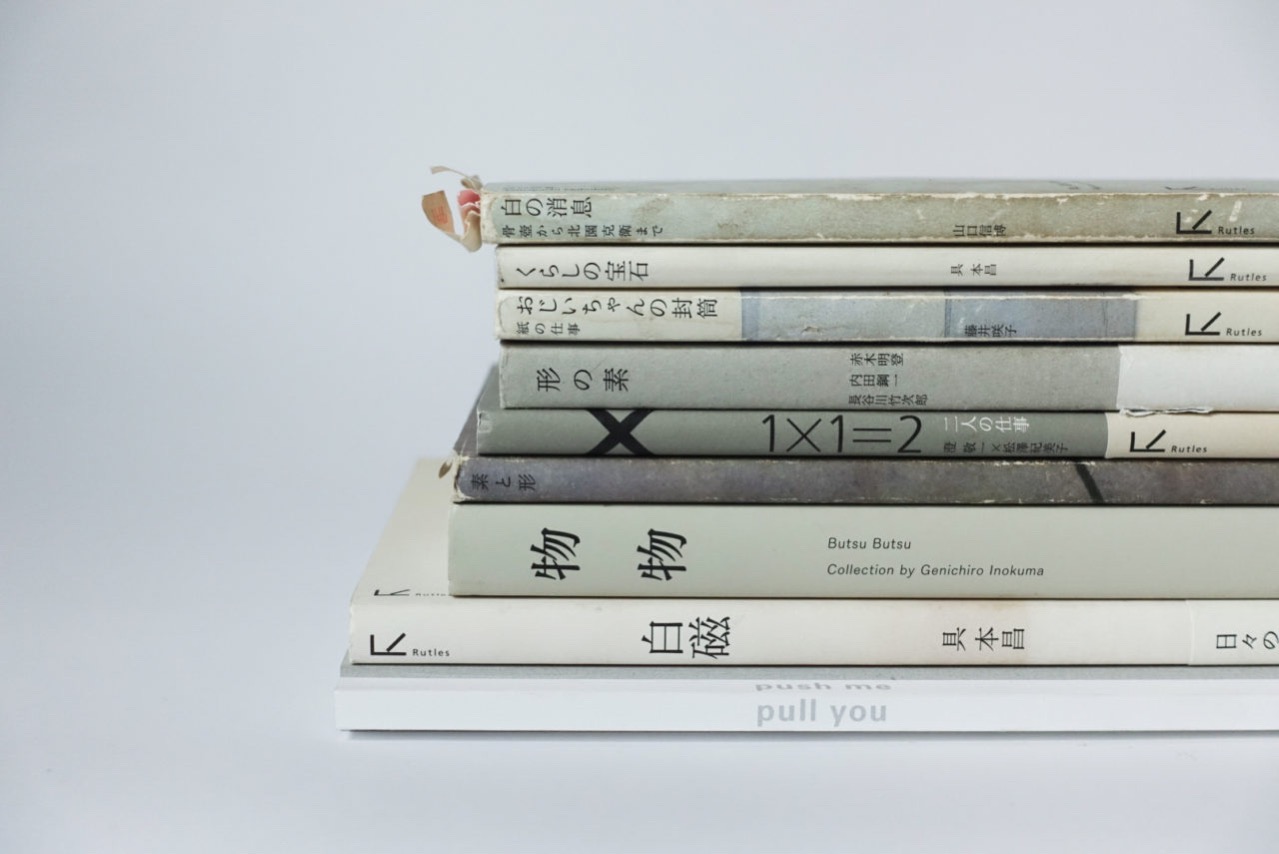
山口信博設計的書沒有任何奪目的特徵,或者說,它們的特徵是非肉眼能看見的,必需沉靜下來,用心感受。書裡有很多空白,不止是版面上文字與圖像間的留白,具本昌的攝影集《くらしの宝石》(生活中的寶石),更是所有左邊頁都是空白的。他的書似乎不夠充實,卻因為不充實而更顯豐盛。在空白之處,有著讓書中的文字與影像呼吸的能耐。
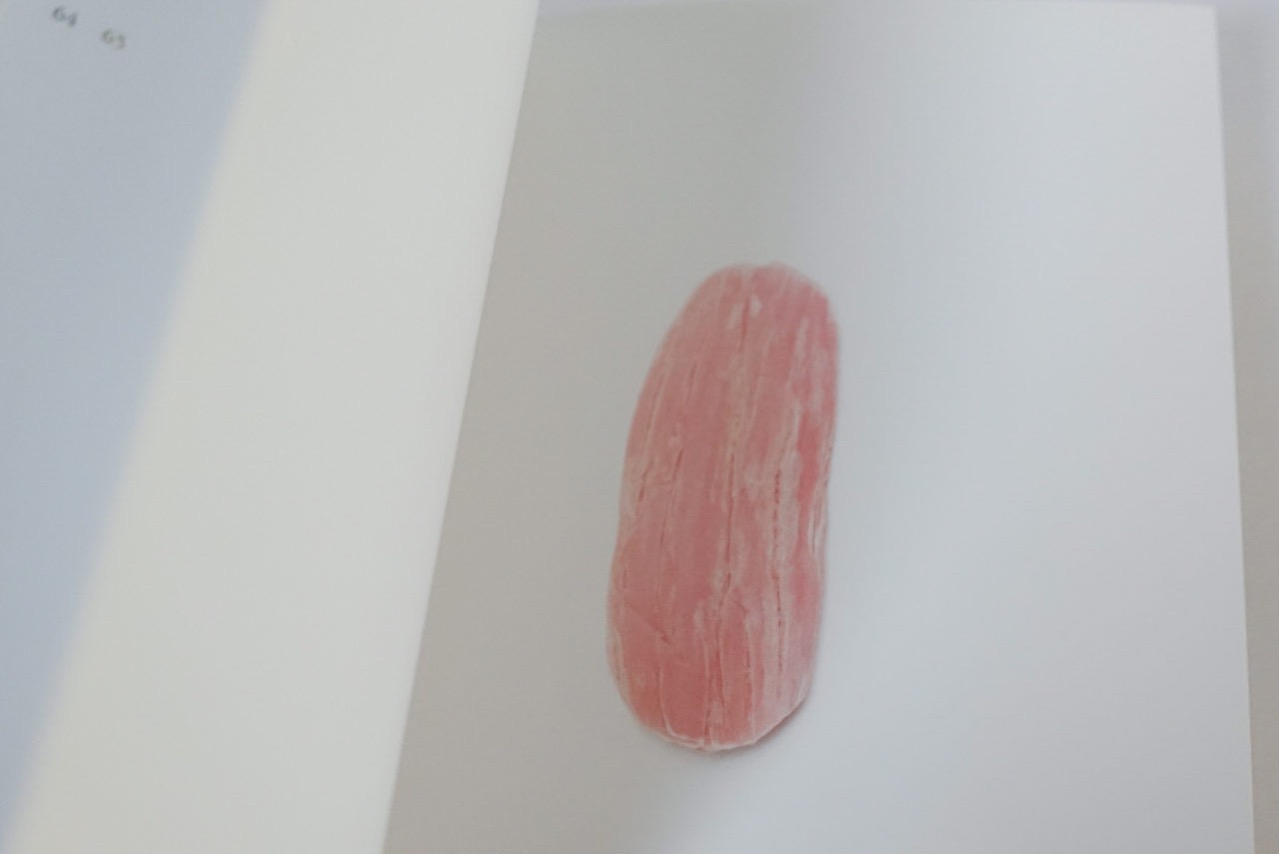

山口信博對於「留白」有著特別的體會。在1979年,他31歲的時候,開設了自己的設計公司。那是一個仍在使用活版印刷的年代,山口信博發現,為了要在白紙上印上文字,除了必須在框架上填入文字的印章,還必須便用大量空白的印章,才能把文字支撐在對的位置。所謂的內容,是靠著「非內容」才能成立的。他以佛教用語「相即」來形容內容與留白的關係,兩者並非對立的,而是相依相融的,彼此賦予彼此意義。因為空白,我們得以注意到《おじちゃんの封筒》(祖父的信封)上,信封受濕的痕跡,感受這作品的柔弱與「祖父」的意志;《くらしの宝石》裡肥皂的色彩與裂紋,也因為空白而顯得斑爛耀眼。
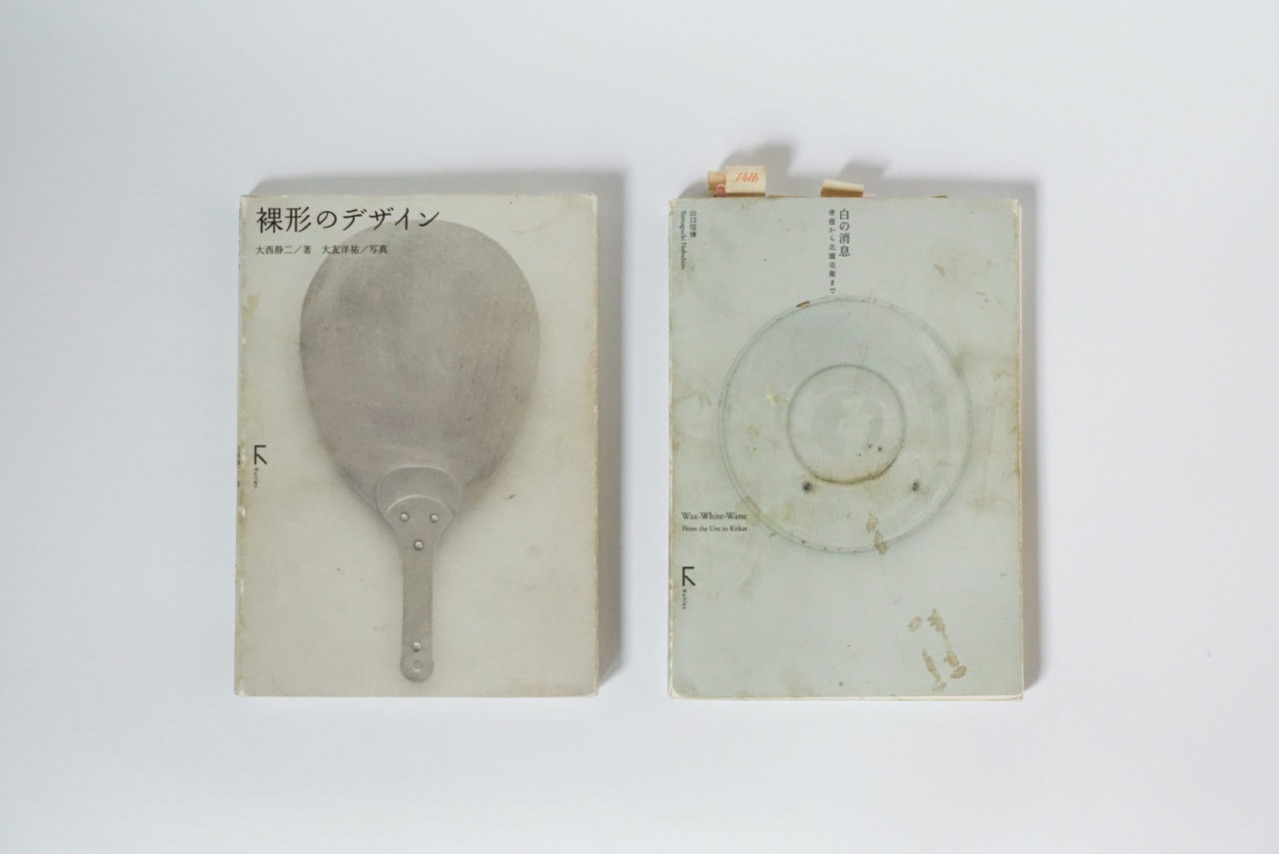
Yamaguchi’s book design is not characterized by any striking feature; on the very contrary, his styles are not visible for the readers’ eyes to see, but for one to feel in tranquility. The book is full of white space which is not only found between the text and the images, but also can be filling every page on the left like the photography book The Gems of Life by Bohnchang Koo. A design that seems to carry lesser weight turns out to enrich the overall concept, allowing a peace of mind to slowly digest the text and images.
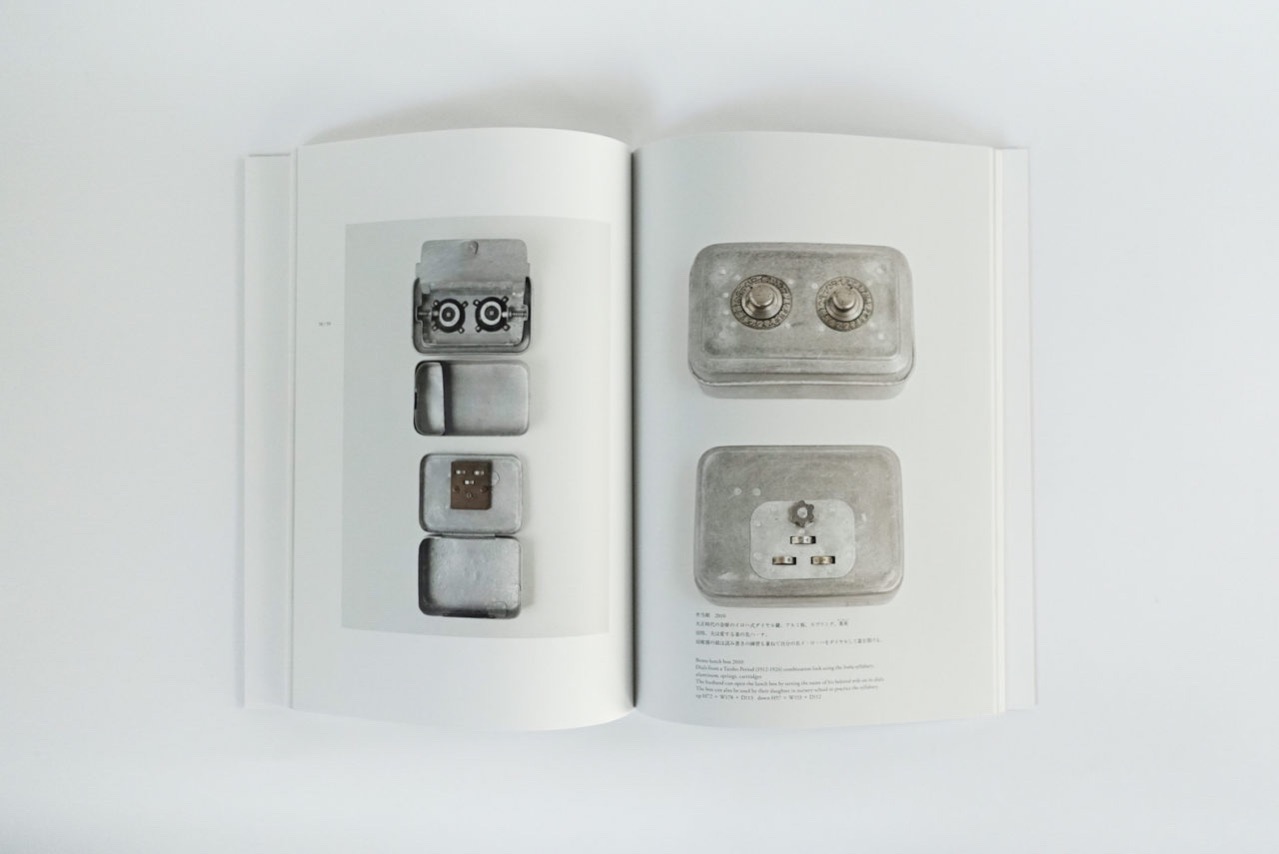
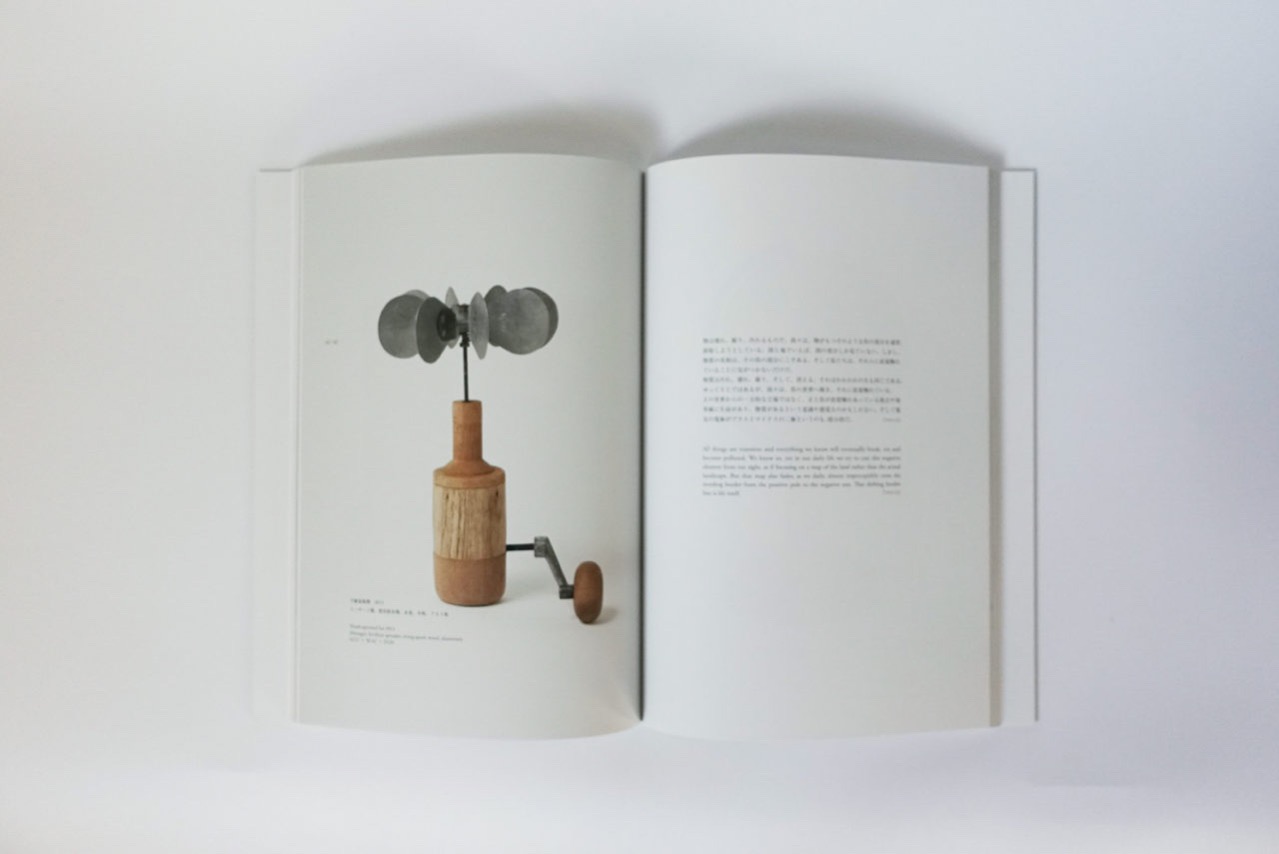
White space always creates a special resonance with Nobuhiro Yamaguchi. At the age of 31, he opened his own design firm in 1979 when letterpress printing still prevailed. He realized he needed to utilize a lot of blank blocks in order to typeset the texts into the right position before printing on white paper. In a sense, the content is only materialized by the presence of “voids”. Adopting a Buddhist saying “interbeing” to describe the relationship between content and void, Yamaguchi believes the two exist interdependently and can complement each other. Because of the empty space, we got to spot the water stain on the envelope from Grandfather’s Envelope, so that we can feel the mellow nature and grandpa’s spirit. Whereas the white space also gave contrast and intensity to the colors and cracks on the soap bars as featured in The Gems of Life.
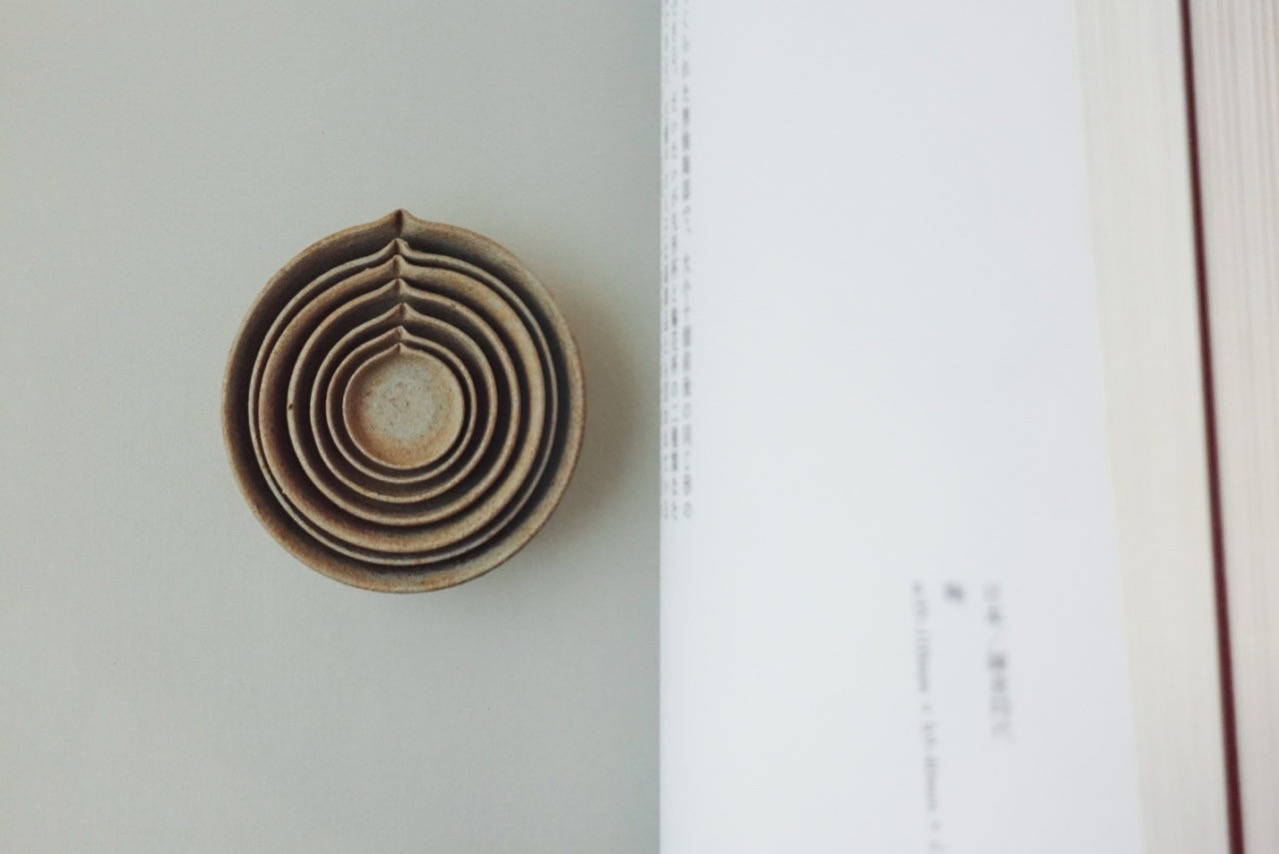
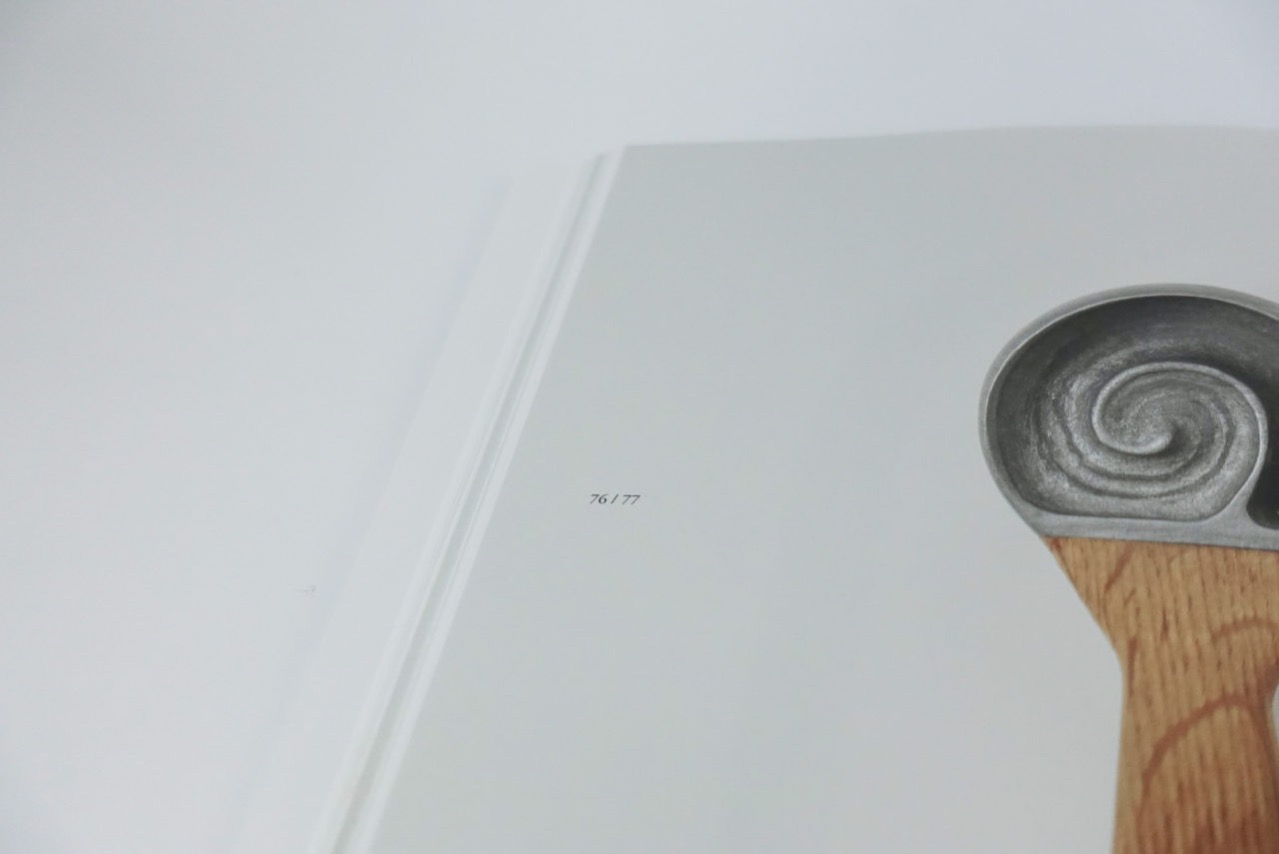
除了平面設計師之外,山口信博還有另一個身份:折形研究者。折形(Origata)是日本的傳統禮法,源起於六百多年前,現時多用於包裝禮物或是送贈礼金帛金時。物件要贈予甚麼人、送的是甚麼、自己抱著怎樣的心情等等,全都透過折紙來傳達。折紙的順序、和紙的配搭、水引的紮結方式都極為講究,有著各種法側,例如先折下右邊的紙,代表喜事;先折下左邊,則代表喪事。
Outside of his job as a designer, Yamaguchi is also a specialist in origata, a type of traditional etiquette for giving something in Japan. This tradition has a history of more than six hundred years and is now primarily used in gift wrapping or money offerings at wedding or funeral occasions. Depending on the situation, mood or relationship, by changing the way of wrapping, one convey different thoughts or feelings. A sophisticated system of rules has been created for origata wrapping, which governs the order folding steps, the matching of washi (Japanese paper) and what kind of mizuhiki knot to tie. An easy example would be folding the right side first for a joyous occasion, and folding the left side first for a funeral.
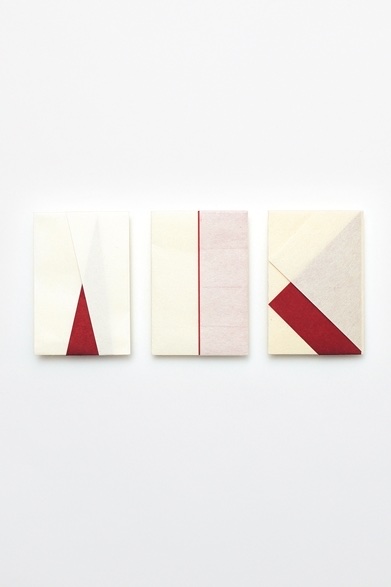
山口博信在2001年時開設了折形設計研究所,研究折形的傳統規則、設計新的折形禮封之外,還開設教室,教導折形的歷史及紙張的折法,期望學員能把折形文化應用在日常生活之中。而他會對折形感興趣,是因為一本叫做《包裝記》的折形教學古書。
In 2001, Nobuhiro Yamaguchi founded a workshop for the study of origata design. On top of researching traditional patterns of the art form and designing new origata envelope wrapping, they also organize classes to teach the history and techniques of origata, in the hope of seeing the students applying origata culture to their everyday lives. Yamaguchi’s immense interest in origata can be traced back to The Art of Wrapping, an antique instructional book on origata called.
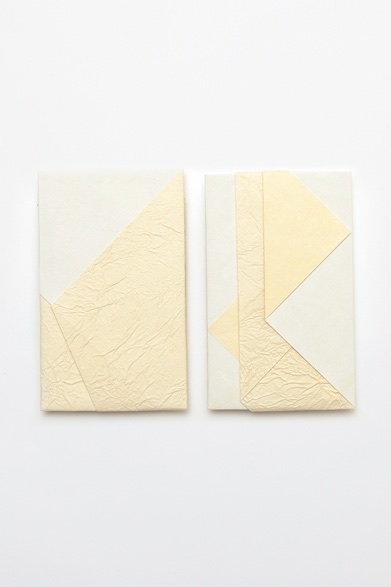
《包裝記》於江戶時代出版,內裡鉅細無遺的記下了折形的各種知識。當時深受西方文化影響的他,剛好開始意識到日本文化的深邃,他認為折形與西方的包裝都是為表達而設的,西方多以繽紛的包裝紙來表達送禮者的喜悅,但日本的折形卻幾乎全以白紙作裝。素白的紙張,在折的過程裡,把心意也收納其中,他感到折形是「富有意義的設計」。日本人收到禮物時,會小心翼翼地撕去貼紙,小心翼翼地打開,避免將紙張撕毁,以示對於送禮者的尊重。折形被拆去,形式被拆去,心意卻留下來,這也是折形吸引山口博信的原因之一。
Published during the Edo period, the book recorded in every detail about any knowledge related to origata. As someone who was deeply influenced by western culture at the time, Yamaguchi began to grow awareness of the profound depth of Japanese culture. He believes both origata and western packaging are both media of expression. While the west tends to use colorful wrappers to express the joy of the presenter, Japanese origata relies almost entirely on white paper for packaging. He finds origata very meaningful in the way how one’s feelings are taken into the process of the folding. When Japanese people open a gift, they would not rip apart the wrapping, instead, they open it very gently to show a respect for the one who presents the gift. The origata gets unfolded, yet the feeling attached to it is retained. This is one of the reasons why Yamaguchi was drawn to the tradition.
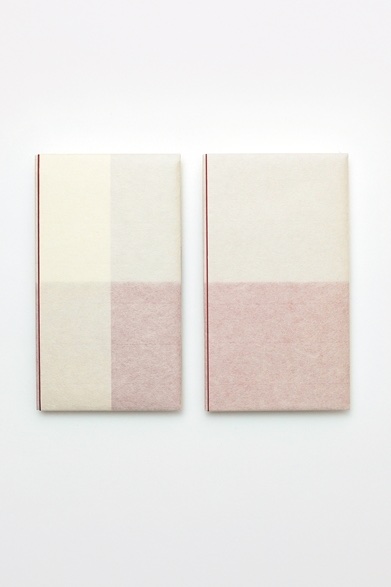
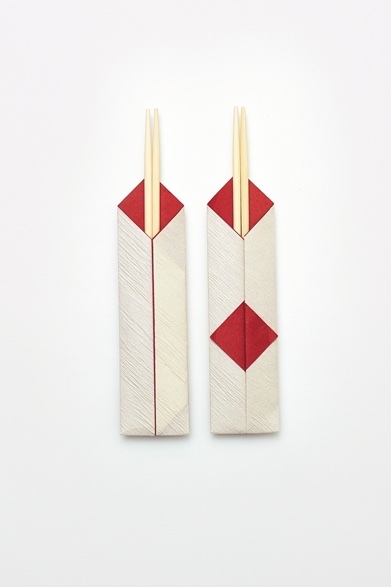
不管是山口博信設計的書籍,還是他用心推動的折形文化,似乎都在告訴我們,所謂的空白,其實有著無比的重量與密度。
Be it the book designs by Nobuhiro Yamaguchi or the origata culture he keenly promotes, white space carries a significant density and weight.

